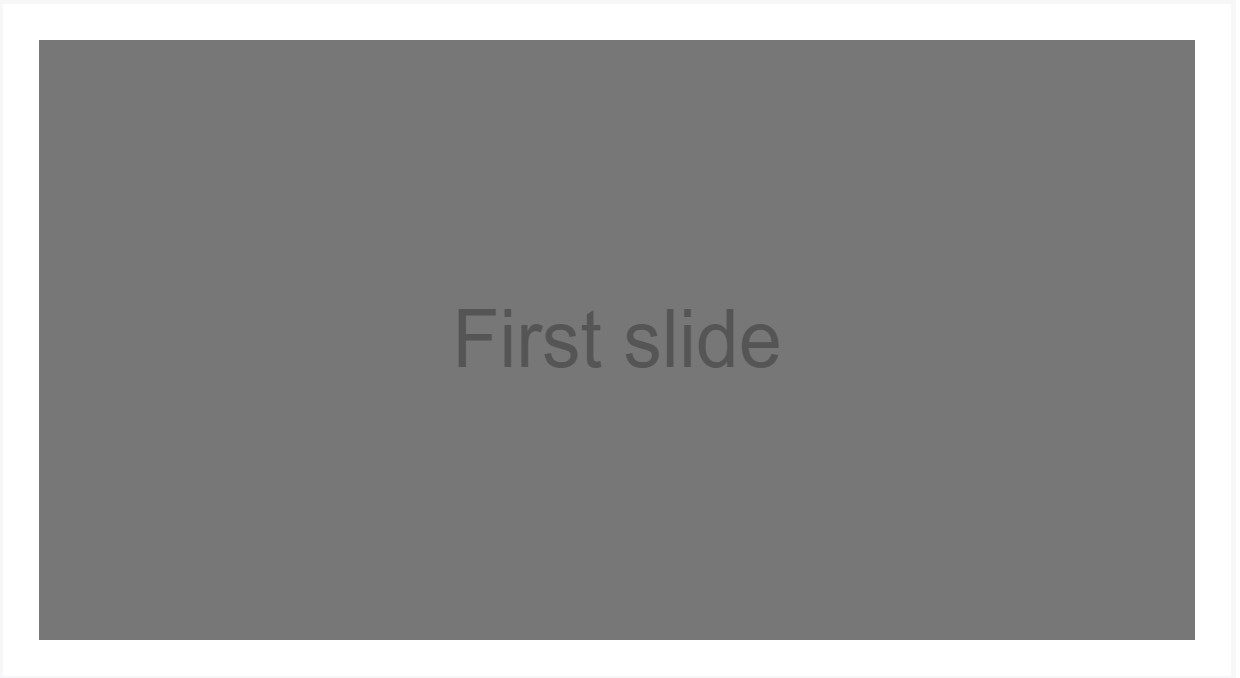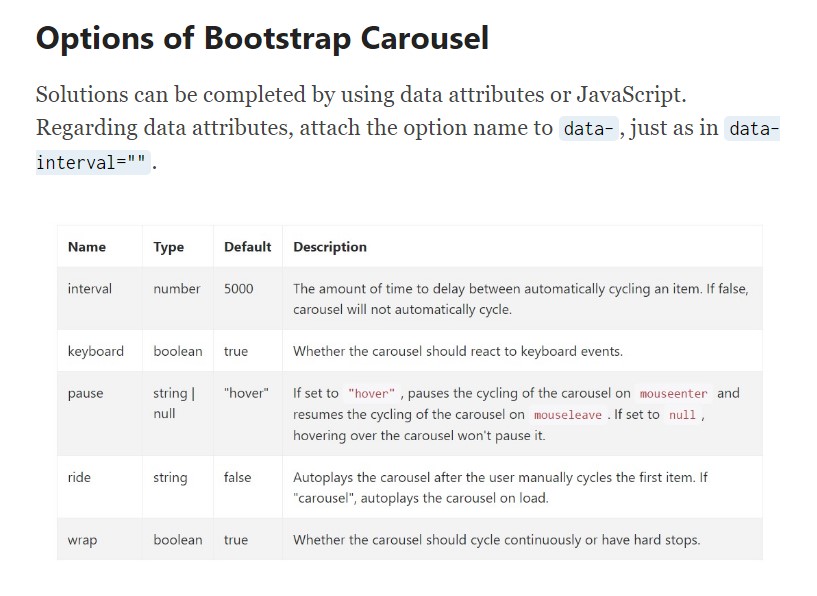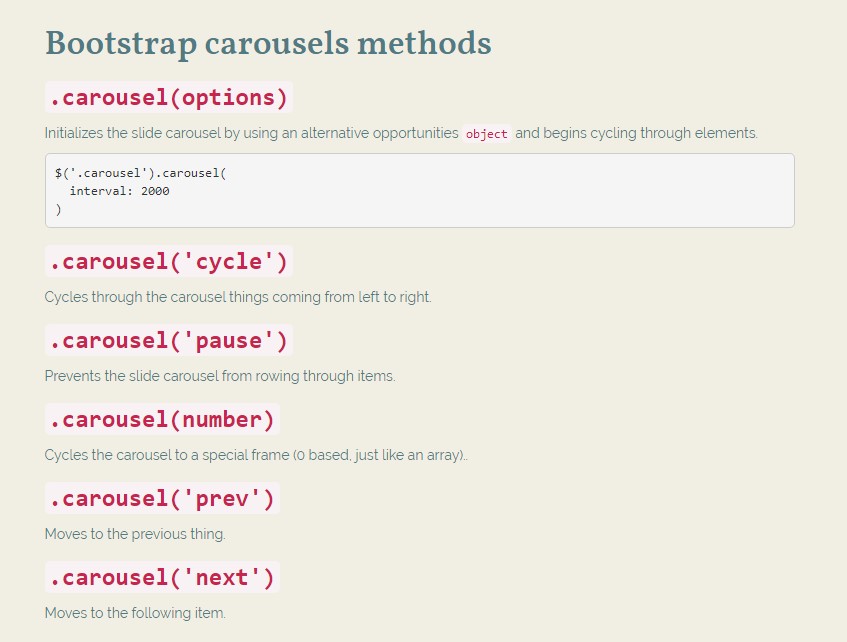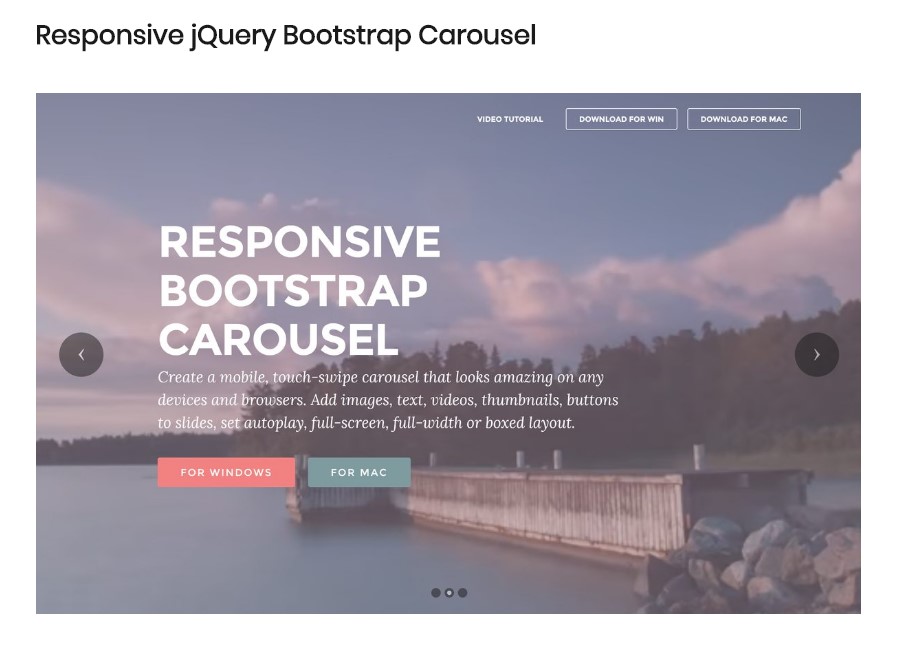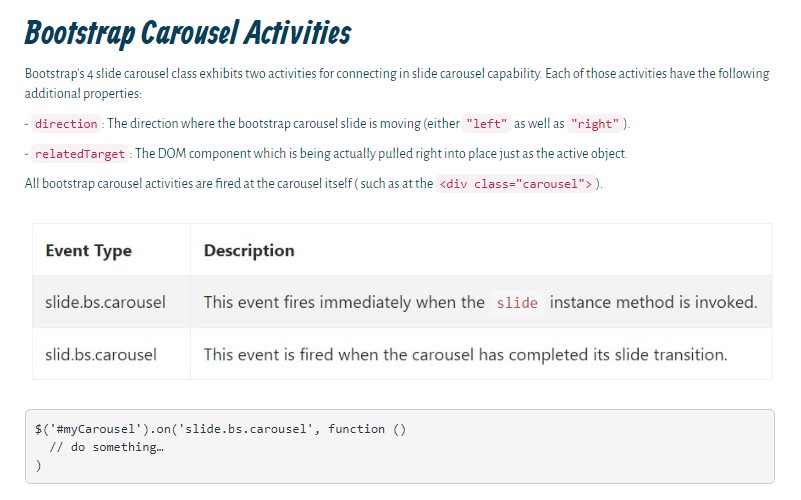Bootstrap Carousel Mobile
Overview
Exactly who does not love moving photos plus amazing interesting captions and message identifying what exactly they show, much better carrying the text message or else why not indeed more useful-- additionally having a handful of switches too calling the visitor to take some activity at the very beginning of the page considering these types of are typically placed in the beginning. This has been taken care of in the Bootstrap framework through the installed carousel element that is fully supported and quite simple to receive together with a clean and plain building.
The Bootstrap Carousel Position is a slideshow for cycling over a series of content, constructed with CSS 3D transforms and a little bit of JavaScript. It collaborates with a number of images, text message, or else custom made markup. It also includes support for previous/next commands and indicators.
How to work with the Bootstrap Carousel Position:
All you really need is a wrapper feature along with an ID to feature the whole carousel element coming with the
.carousel.slidedata-ride="carousel"carousel-inner.carousel-innerSome example
Carousels don't promptly normalize slide dimensions. Because of this, you may will need to put into action added tools or custom-made varieties to correctly shape content. Even though carousels promote previous/next commands and signs, they're not explicitly involved. Modify and add considering that you see fit.
Don't forget to establish a original id on the
.carouselSingle slides
Here's a Bootstrap Carousel Mobile along with slides solely . Take note the exposure of the
.d-block.img-fluid<div id="carouselExampleSlidesOnly" class="carousel slide" data-ride="carousel">
<div class="carousel-inner" role="listbox">
<div class="carousel-item active">
<div class="img"><img class="d-block img-fluid" src="..." alt="First slide"></div>
</div>
<div class="carousel-item">
<div class="img"><img class="d-block img-fluid" src="..." alt="Second slide"></div>
</div>
<div class="carousel-item">
<div class="img"><img class="d-block img-fluid" src="..." alt="Third slide"></div>
</div>
</div>
</div>Additionally
You may additionally set up the time each and every slide gets displayed on page via putting in a
data-interval=" ~ number in milliseconds ~". carouselSlide show along with controls
The site navigation between the slides gets done simply by defining two hyperlink features using the class
.carousel-control.left.rightrole=" button"data-slide="prev"nextThis so far comes to make sure the commands will work correctly but to additionally ensure the visitor realizes these are currently there and understands what they are performing. It additionally is a really good idea to apply a couple of
<span>.icon-prev.icon-next.sr-onlyNow for the important factor-- positioning the actual pictures which ought to be inside the slider. Every pic component have to be wrapped in a
.carousel-item.item classIncluding in the previous and next regulations:
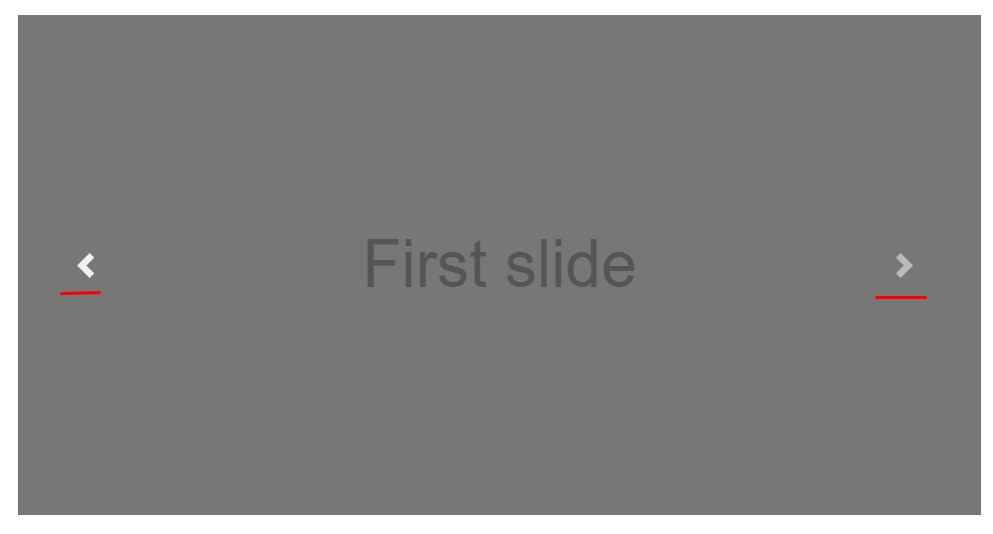
<div id="carouselExampleControls" class="carousel slide" data-ride="carousel">
<div class="carousel-inner" role="listbox">
<div class="carousel-item active">
<div class="img"><img class="d-block img-fluid" src="..." alt="First slide"></div>
</div>
<div class="carousel-item">
<div class="img"><img class="d-block img-fluid" src="..." alt="Second slide"></div>
</div>
<div class="carousel-item">
<div class="img"><img class="d-block img-fluid" src="..." alt="Third slide"></div>
</div>
</div>
<a class="carousel-control-prev" href="#carouselExampleControls" role="button" data-slide="prev">
<span class="carousel-control-prev-icon" aria-hidden="true"></span>
<span class="sr-only">Previous</span>
</a>
<a class="carousel-control-next" href="#carouselExampleControls" role="button" data-slide="next">
<span class="carousel-control-next-icon" aria-hidden="true"></span>
<span class="sr-only">Next</span>
</a>
</div>Applying hints
You have the ability to additionally include the indicators to the slide carousel, alongside the controls, too
Within the primary
.carousel.carousel-indicatorsdata-target="#YourCarousel-ID" data-slide-to=" ~ proper slide number ~"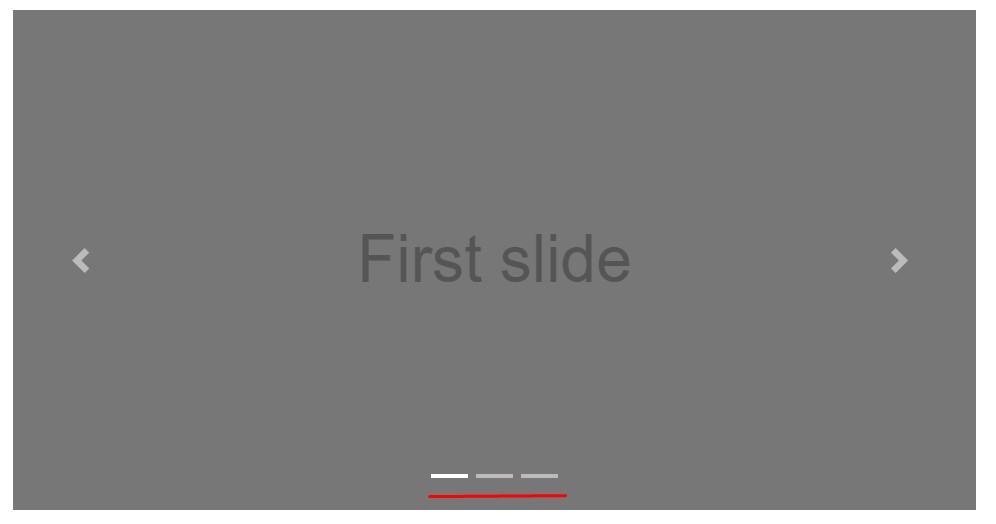
<div id="carouselExampleIndicators" class="carousel slide" data-ride="carousel">
<ol class="carousel-indicators">
<li data-target="#carouselExampleIndicators" data-slide-to="0" class="active"></li>
<li data-target="#carouselExampleIndicators" data-slide-to="1"></li>
<li data-target="#carouselExampleIndicators" data-slide-to="2"></li>
</ol>
<div class="carousel-inner" role="listbox">
<div class="carousel-item active">
<div class="img"><img class="d-block img-fluid" src="..." alt="First slide"></div>
</div>
<div class="carousel-item">
<div class="img"><img class="d-block img-fluid" src="..." alt="Second slide"></div>
</div>
<div class="carousel-item">
<div class="img"><img class="d-block img-fluid" src="..." alt="Third slide"></div>
</div>
</div>
<a class="carousel-control-prev" href="#carouselExampleIndicators" role="button" data-slide="prev">
<span class="carousel-control-prev-icon" aria-hidden="true"></span>
<span class="sr-only">Previous</span>
</a>
<a class="carousel-control-next" href="#carouselExampleIndicators" role="button" data-slide="next">
<span class="carousel-control-next-icon" aria-hidden="true"></span>
<span class="sr-only">Next</span>
</a>
</div>Add in a number of titles as well.
Include captions to your slides easily using the .carousel-caption element inside any .carousel-item.
To include various underlines, definition as well as tabs to the slide add an extra
.carousel-captionThey may be easily hidden on smaller sized viewports, just as presented here, together with alternative screen functions. We cover all of them at the beginning by using
.d-none.d-md-block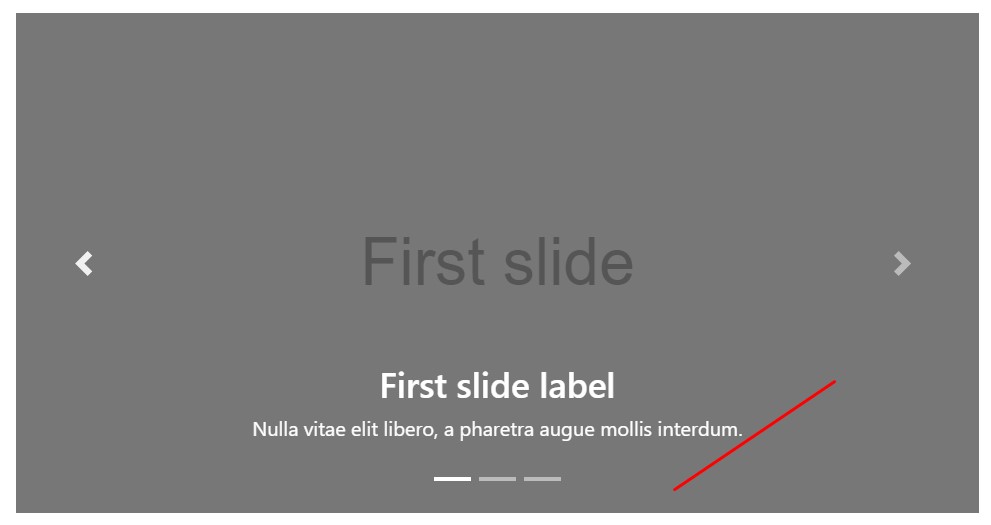
<div class="carousel-item">
<div class="img"><img src="..." alt="..."></div>
<div class="carousel-caption d-none d-md-block">
<h3>...</h3>
<p>...</p>
</div>
</div>More techniques
A cute trick is when ever you wish a web link or even a switch on your web page to take to the carousel and yet as well a special slide inside it for being viewable at the moment. You can really doing so via selecting
onclick=" $(' #YourCarousel-ID'). carousel( ~ the wanted slide number );"Handling
By means of data attributes
Make use of data attributes in order to quickly manipulate the location of the slide carousel
.data-slideprevnextdata-slide-todata-slide-to="2"The
data-ride="carousel"Via JavaScript
Call carousel manually having:
$('.carousel').carousel()Capabilities
Selections can be passed using data attributes or JavaScript. For data attributes, attach the option name to
data-data-interval=""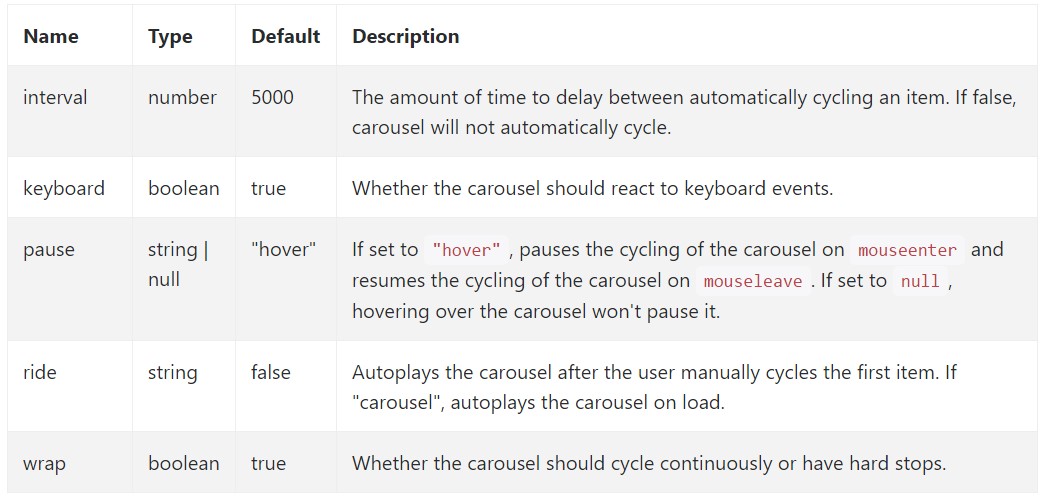
Ways
.carousel(options)
.carousel(options)Initializes the carousel utilizing an optionally available alternatives
object$('.carousel').carousel(
interval: 2000
).carousel('cycle')
.carousel('cycle')Cycles through the carousel things from left to right.
.carousel('pause')
.carousel('pause')Stops the carousel from rowing through elements.
.carousel(number)
.carousel(number)Cycles the carousel to a special frame (0 based, just like an array)..
.carousel('prev')
.carousel('prev')Cycles to the previous thing.
.carousel('next')
.carousel('next')Moves to the next object.
Occasions
Bootstrap's carousel class uncovers two events for hooking in to slide carousel useful functionality. Each of the events have the following supplemental properties:
direction"left""right"relatedTargetEach of the carousel events are ejected at the slide carousel itself i.e. at the
<div class="carousel">
$('#myCarousel').on('slide.bs.carousel', function ()
// do something…
)Conclusions
And so actually this is the technique the carousel feature is structured in the Bootstrap 4 framework. It is certainly straightforward as well as really simple . Still it is quite an beautiful and handy manner of display a lot of content in much less area the slide carousel feature really should however be worked with very carefully thinking of the clarity of { the information and the website visitor's satisfaction.
Too much images could be missed to be viewed by scrolling downward the web page and when they move too quick it might end up being hard really noticing them or check out the text messages which in turn might in time mislead or maybe annoy the site viewers or perhaps an critical call to activity could be skipped-- we definitely don't want this stuff to materialize.
Review several video guide relating to Bootstrap Carousel:
Related topics:
Bootstrap Carousel formal documents
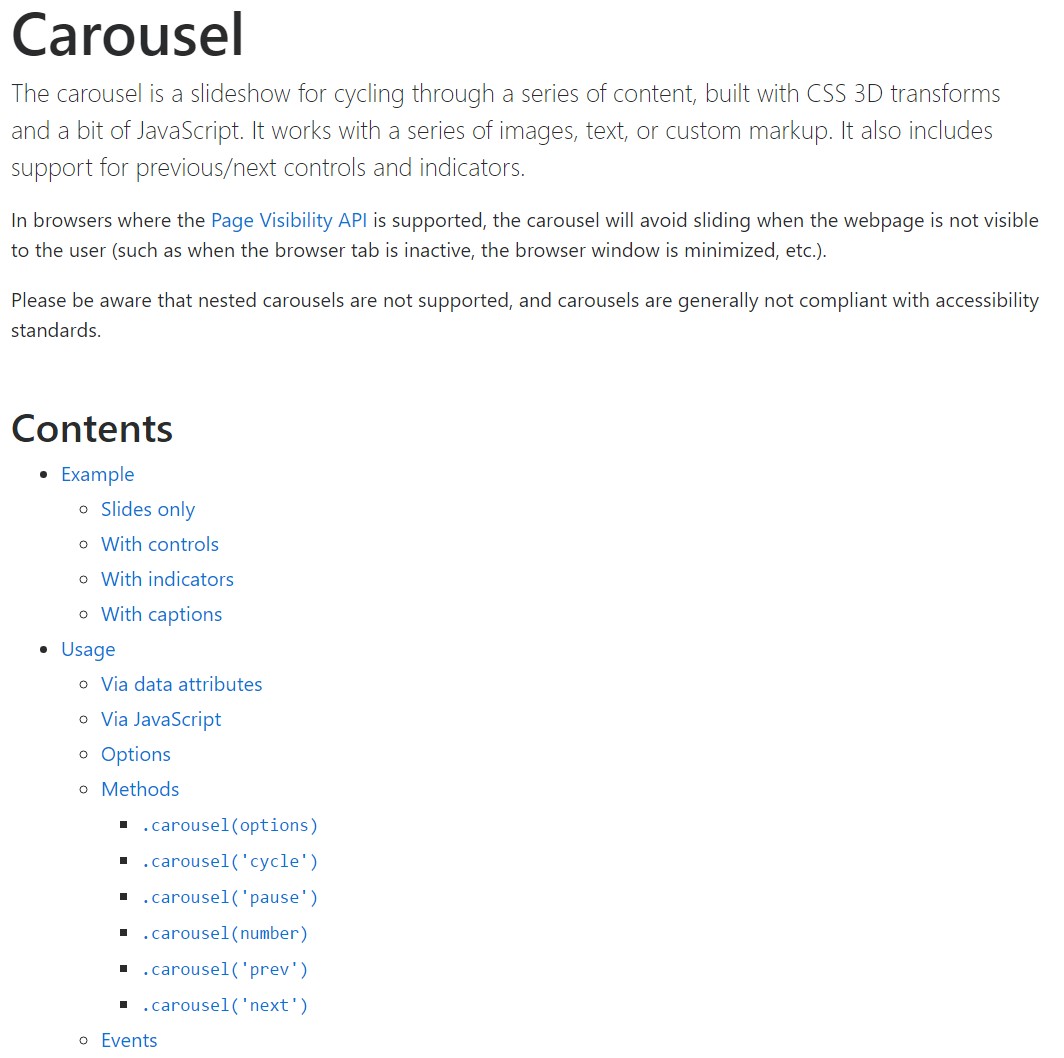
Mobirise Bootstrap Carousel & Slider
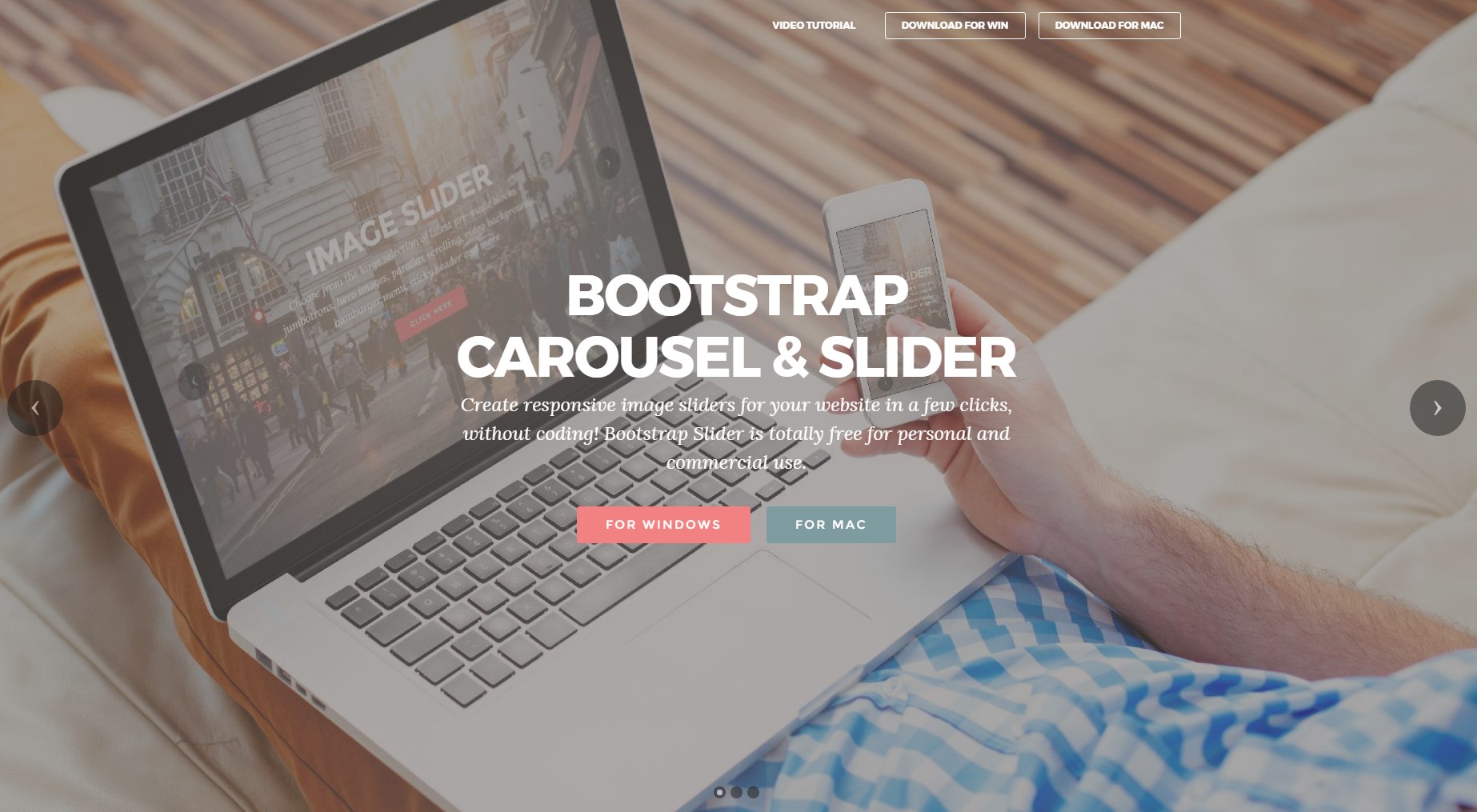
Bootstrap 4 Сarousel issue
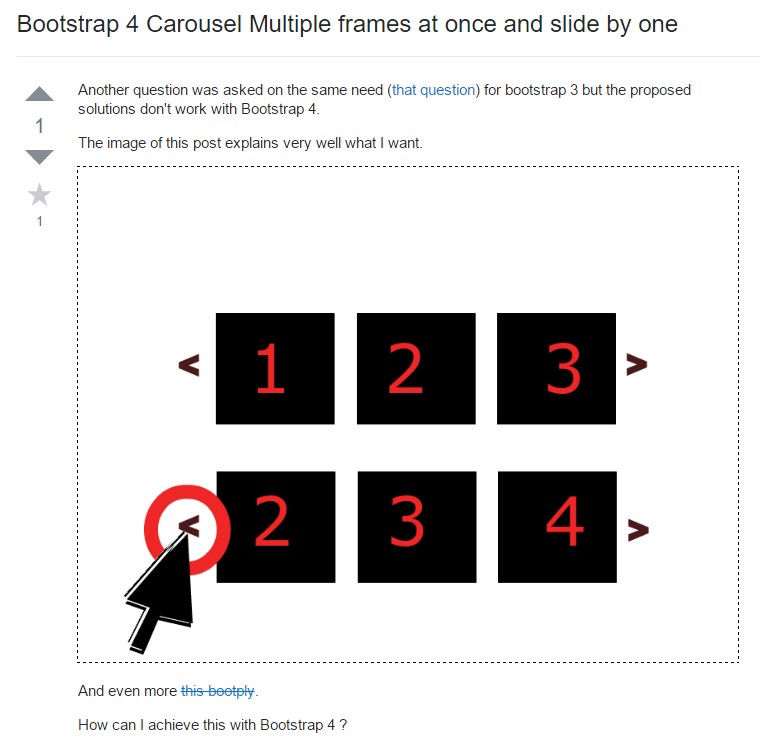
CSS Bootstrap Carousel with Swipe
HTML Bootstrap 4 Carousel with Swipe
HTML Bootstrap Image Carousel Slider
Responsive Bootstrap 4 Carousel with Thumbnails
